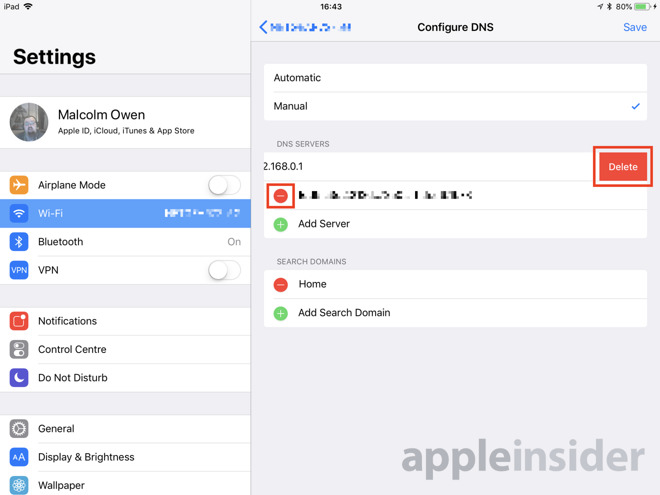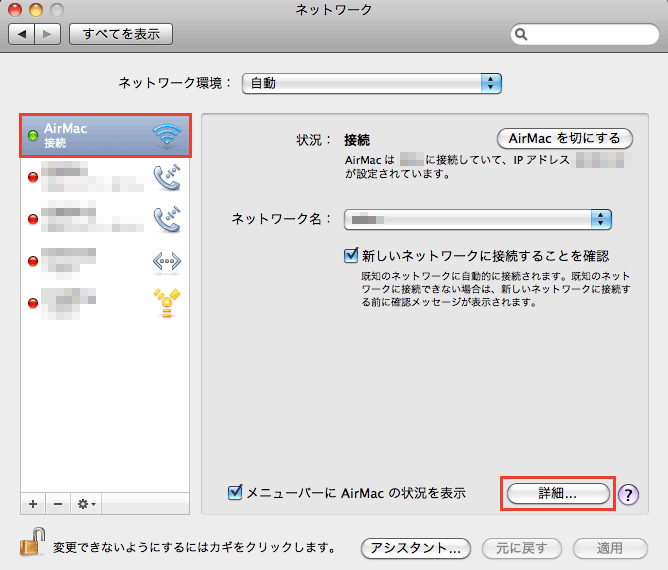

Then the network configuration will be shown on your screen.
And then, once that the System Preferences appears on your screen, go ahead and choose the “Network” icon. You can see this from the Dock of your Mac or you can also go to the Apple menu and then choose “System Preferences”. Go ahead and launch System Preferences. Now, for you to be able to check on the DNS server that you have on your Mac, here are the steps that you should follow. And, once that the DNS server is not able to locate any information that it needs, then it will move along to the DNS server in the DNS hierarchy until such time that it was able to locate the data that it needs. Once that a user types in a certain host or website or a URL on the address bar on one of their browsers, the DNS resolver will then immediately contact the DNS server for it to be able to find the IP address that is somewhat connected to the website that you are trying to access. This is where you will be able to find the IP addresses and as well as the hostnames and the data that is used for you to fix any problems that the user might encounter on a certain website, a device or some other network system that is using an IP address. This is because a DNS server is one of the most crucial parts of the DNS infrastructure. If a certain device such as your Mac does not have a DNS server, then you will not be able to access the internet on your device. 

GOOGLE DNS FOR MAC HOW TO
Part 1: What is A DNS Server? Part 2: When Do We Use DNS Servers? Part 3: How to Find DNS Server on Mac Part 4: How to Flush DNS Cache on Mac – FoneDog PowerMyMac Part 5: Cleaning DNS Cache Manually on Mac Part 6: Conclusion Part 1: What is A DNS Server? So if you are one of those people who are actually curious about it, then this is for you. Ever wonder what DNS servers on your Mac are? Would you want to know on when or how are this DNS servers work? Well, in this article, we are going to know more about the DNS server on your Mac and on how you can find them.







 0 kommentar(er)
0 kommentar(er)
